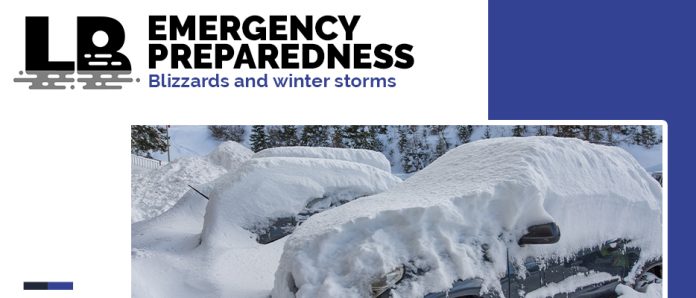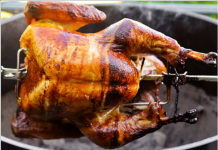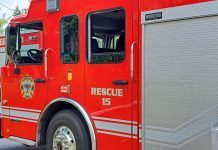Staying proactive and prepared before a winter storm is the best way to protect yourself, your loved ones, and your property during the winter season. Here are some recommendations:
- Emergency Supplies: Ensure an ample supply of necessities, including water, ready-to-eat food, heating fuel, blankets, and a first aid kit.
- Vehicle Preparedness: Equip your vehicles with winter tires and an emergency kit that includes blankets, flashlights, and sustenance.
- Communication Plan: Establish a family communication plan, share emergency contacts and maintain charged mobile devices.
- Stay Informed: Stay abreast of weather forecasts and local emergency alerts, remaining vigilant to changing conditions.
When a winter storm hits, stay indoors. If you must go outside, dress for the weather. Outer clothing should be tightly woven and water-repellent. Wear mittens—they are warmer than gloves—and a hat, as a large portion of body heat is lost through the head. The jacket should have a hood.
If your car gets stuck in a blizzard or snowstorm, remain calm and stay in your car. Allow fresh air in your car by opening the window slightly on the sheltered side – away from the wind. You can run the car engine for about 10 minutes every half-hour if the exhaust system is working well. Beware of exhaust fumes and check the exhaust pipe periodically to make sure it is not blocked with snow. Remember: you can’t smell potentially fatal carbon monoxide fumes.
For a guide on preparing before a storm and what to do during one, visit: Get Prepared – Severe Storms








